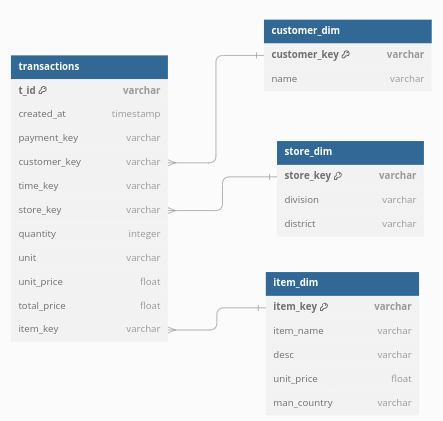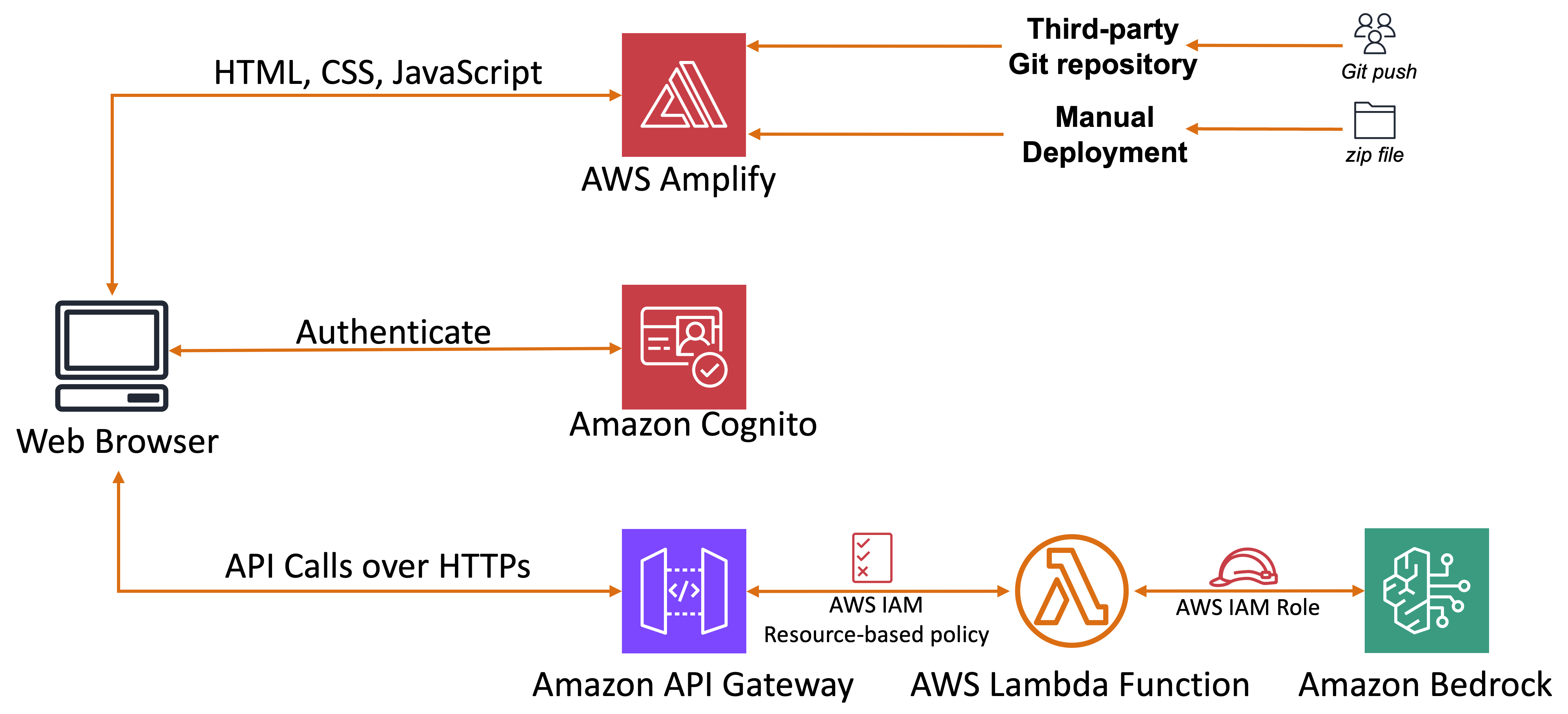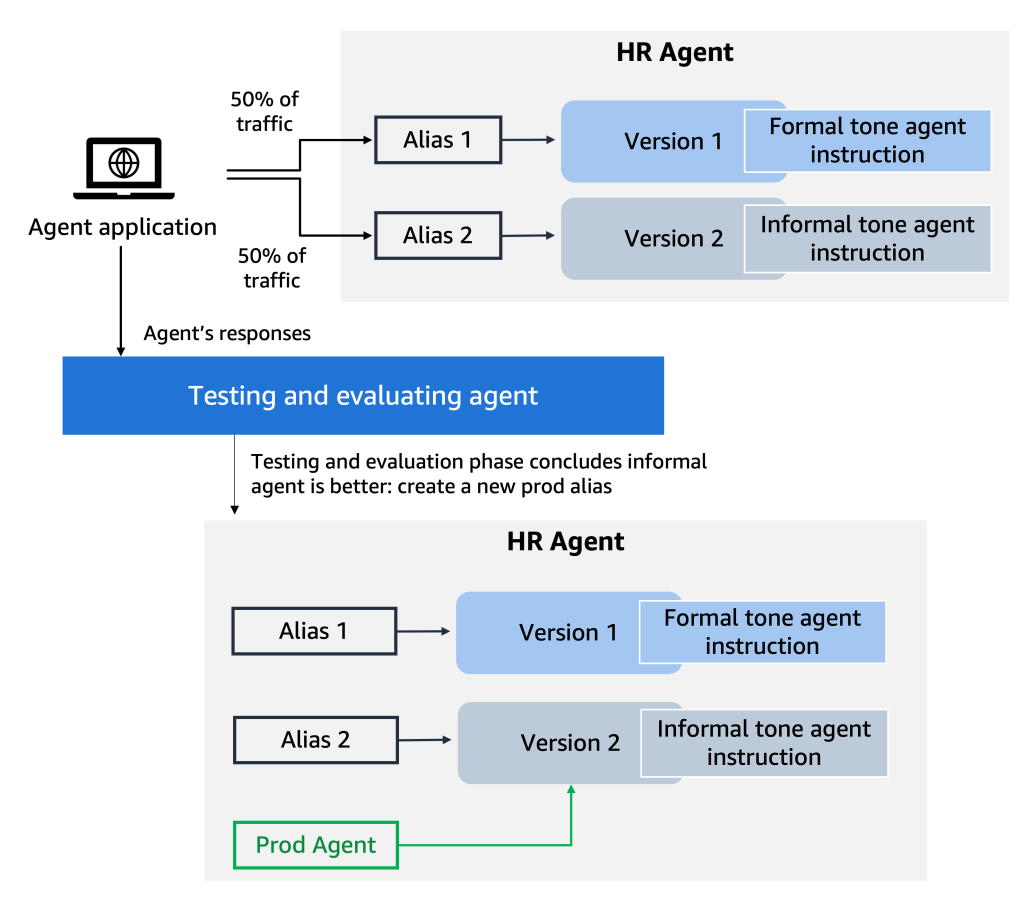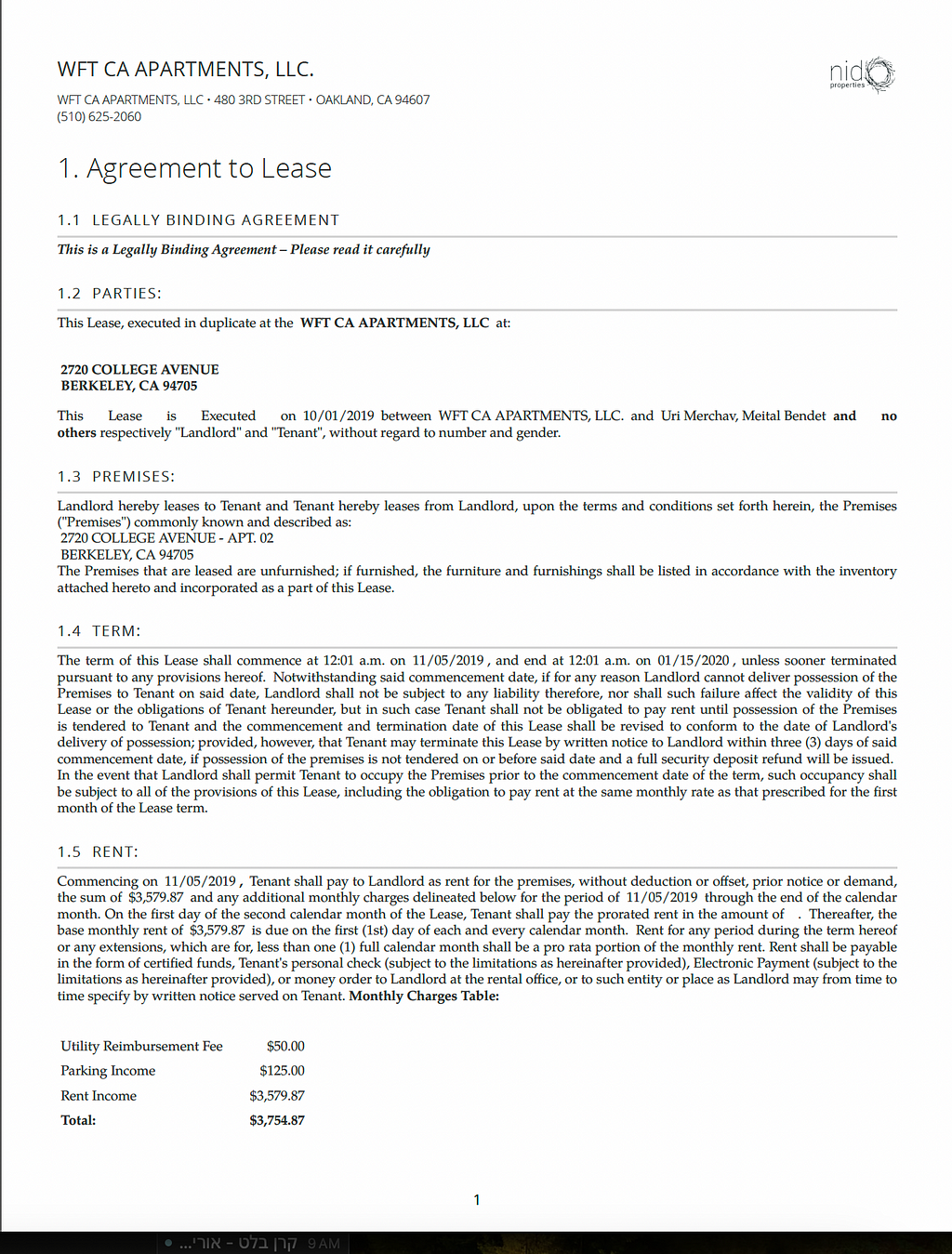Abba’s Björn Ulvaeus, Julianne Moore, and Thom Yorke join 10,500 signatories warning AI companies against unlicensed use of creative work. Legal battles escalate over use of intellectual property to train AI models like ChatGPT.
Engage in Relational Deep Learning (RDL) by directly training on your relational database, transforming tables into a graph for efficient ML tasks. RDL eliminates feature engineering steps by learning from raw relational data, enhancing model performance and granularity.
Generative AI adoption in image editing revolutionizes industries. Amazon Bedrock offers serverless solution for editing images using AI FMs.
Learn 6 creative ways to categorize numbers into bins for data preprocessing. Discretization transforms continuous variables into categorical features for better model performance.
£1 AI X-ray add-on aims to prevent missed fractures in England, reducing errors in initial assessments. Up to 10% of fractures are missed, prompting the need for this cost-effective solution.
Microsoft introduces autonomous AI agents for customer use, allowing creation of virtual employees for various tasks. Company offers 10 off-the-shelf bots for roles like supply chain management and customer service.
Amazon Bedrock Agents streamline generative AI app development by orchestrating multistep tasks with foundation models and Retrieval Augmented Generation. Architectural considerations and IaC frameworks enhance robust, scalable, and secure agent development for conversational AI applications.
MIT researchers developed SymGen to help human fact-checkers quickly verify responses from large language models by providing citations that directly link to the source document, speeding up verification time by about 20%. SymGen allows users to selectively focus on specific parts of the text to ensure accuracy, potentially increasing confidence in model responses in high-stakes settings like h...
Dow Jones and New York Post sue Perplexity AI for 'illegal copying' of copyrighted work. Battle highlights tensions between publishers and tech companies over AI use.
Avoid reading anything by ChatGPT - AI chatbots often produce convoluted, confusing text. Keep it simple, don't waste time deciphering unnecessary 'slop'.
ByteDance fires intern for sabotaging AI project training in August, citing 'malicious interference'.
Health secretary and Keir Starmer emphasize AI diagnosis for early cancer detection at NHS event, highlighting urgent need for technological advancements in healthcare. Some patients faced 'death sentence' due to NHS delays, sparking calls for improved use of AI and technology in healthcare.
Explanations in AI outputs can be unnecessary, but crucial for accuracy and actionable insights. DocuPanda offers a solution by extracting key information from complex documents, enhancing efficiency and clarity.
Data drift and concept drift are crucial factors impacting ML model performance over time. Understanding and addressing these issues is key to maintaining model accuracy and effectiveness. Retraining strategies play a vital role in mitigating performance degradation caused by changing data patterns and relationships.
Mark Cuban, billionaire and campaign surrogate for Kamala Harris, addresses AI, taxes, and memes. Cuban draws on his diverse experience and confronts Trump-supporting billionaires like Elon Musk.















